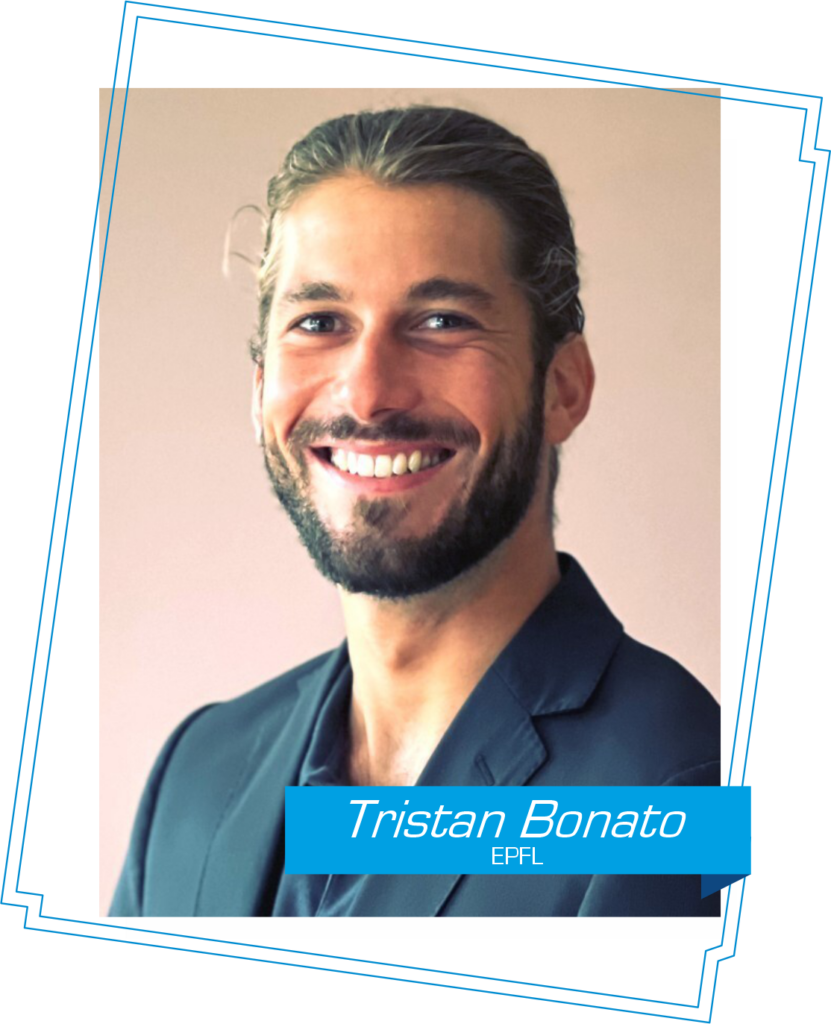

Can you tell us a bit about your background, and how it led you to become involved in the RoBétArmé project?
I completed my entire academic journey at EPFL, from earning my Bachelor’s degree in Microtechnology to achieving my Master’s degree in Robotics. Following the completion of my studies, I was recruited by Professor Aude Billard at LASA. Shortly thereafter, I joined the RoBétArmé team as an engineer.
Could you share some insights into your specific role and involvement in the project? What are your main responsibilities and contributions?
I lead the hardware and software integration efforts, aiming to facilitate the implementation of researchers’ algorithms on the robot, alongside other algorithms, ensuring comprehensive management and robustness. My responsibilities also include preparing the hardware, such as preparing the robot, conducting repairs, and organizing demos. One of my main contributions to this project involves managing all data collection activities. We needed to meticulously record the state (position, speed, etc.) of the nozzleman during shotcrete application and surface finishing to extract patterns crucial for planning the robot’s trajectory.
Research endeavors often come with challenges and obstacles. What are some of the main challenges you've encountered during your journey with RoBétArmé, and how have you managed to overcome them?
One strong challenge in this project revolves around studying phenomena that cannot be directly tested. Shotcrete application, for instance, necessitates specialized hardware, specific environments, and trained operators, all of which are situated in Denmark, our primary partners in this venture. Consequently, meticulous preparation is vital for each trip to Denmark, ensuring that we can effectively record, test, and analyze the work conducted there. Additionally, due to various constraints, we cannot plan trips as frequently as desired.
Collaboration and networking are essential in research projects like RoBétArmé. Could you discuss some of your experiences collaborating with other researchers and institutions within the project?
Absolutely! Regular monthly meetings with all project partners are essential for us in RoBétArmé. These gatherings allow us to summarize our progress, share updates, and brainstorm solutions collaboratively. They ensure we stay aligned with the project’s goals and make the most of our collective expertise.
Can you highlight any specific achievements or breakthroughs from your work within the project that you're particularly proud of?
I’m particularly proud of the comprehensive implementation of each component within the project. This achievement has resulted in a robust structure that can efficiently execute various algorithms with multiple robots. Moreover, the user-friendly design enhances accessibility and usability, making it easier for stakeholders to utilize our solution effectively.
Looking to the future, what are your hopes and aspirations for the impact of your research within RoBétArmé? How do you envision it contributing to advancements in your field and society as a whole?
This system prioritizes safety alongside precision and efficiency in spraying tasks, fostering collaboration between workers and robots to reduce physical strain. With improved safety measures, workers can focus on intricate architectural details while robots revolutionize the industry’s working environment.